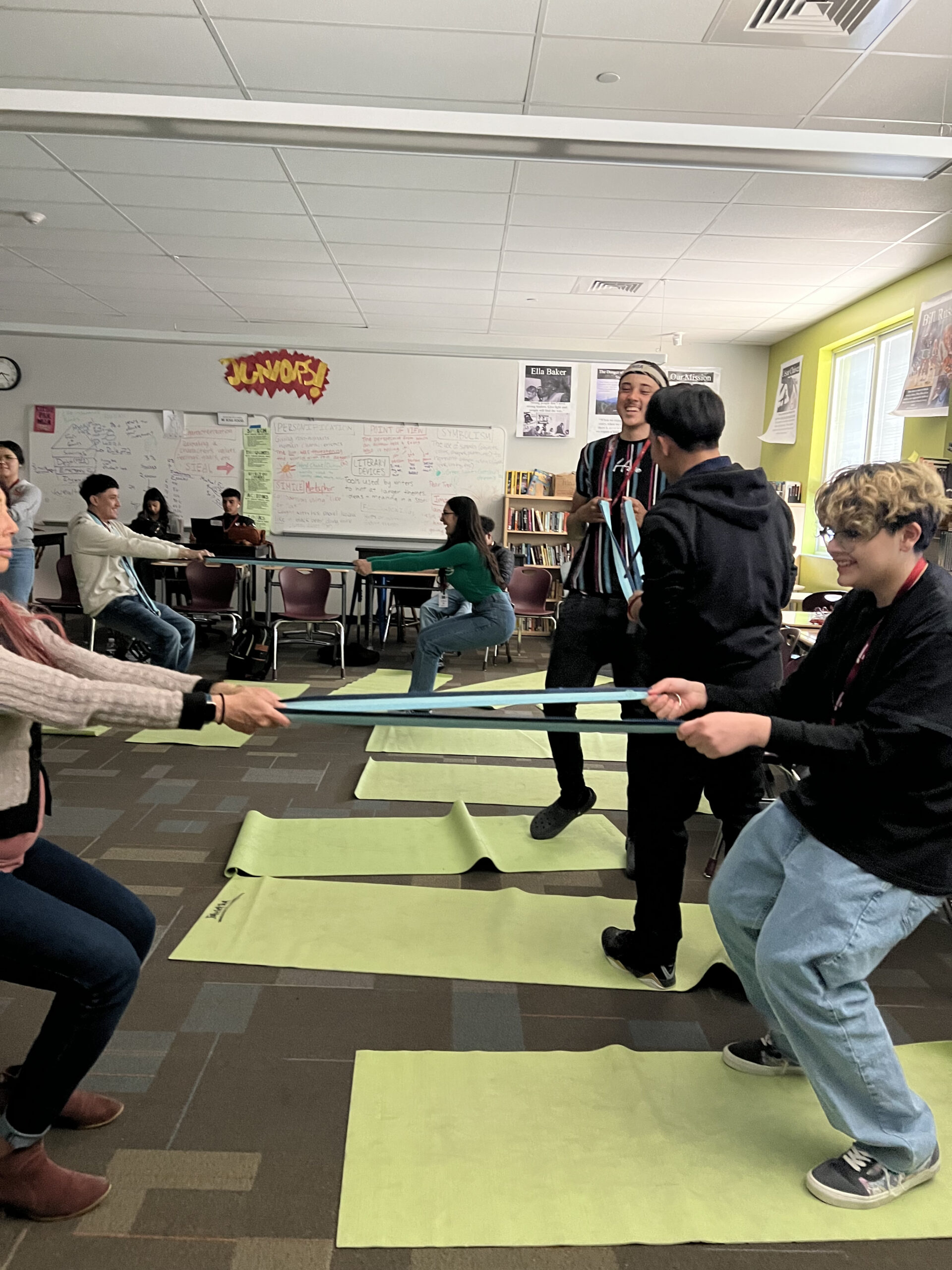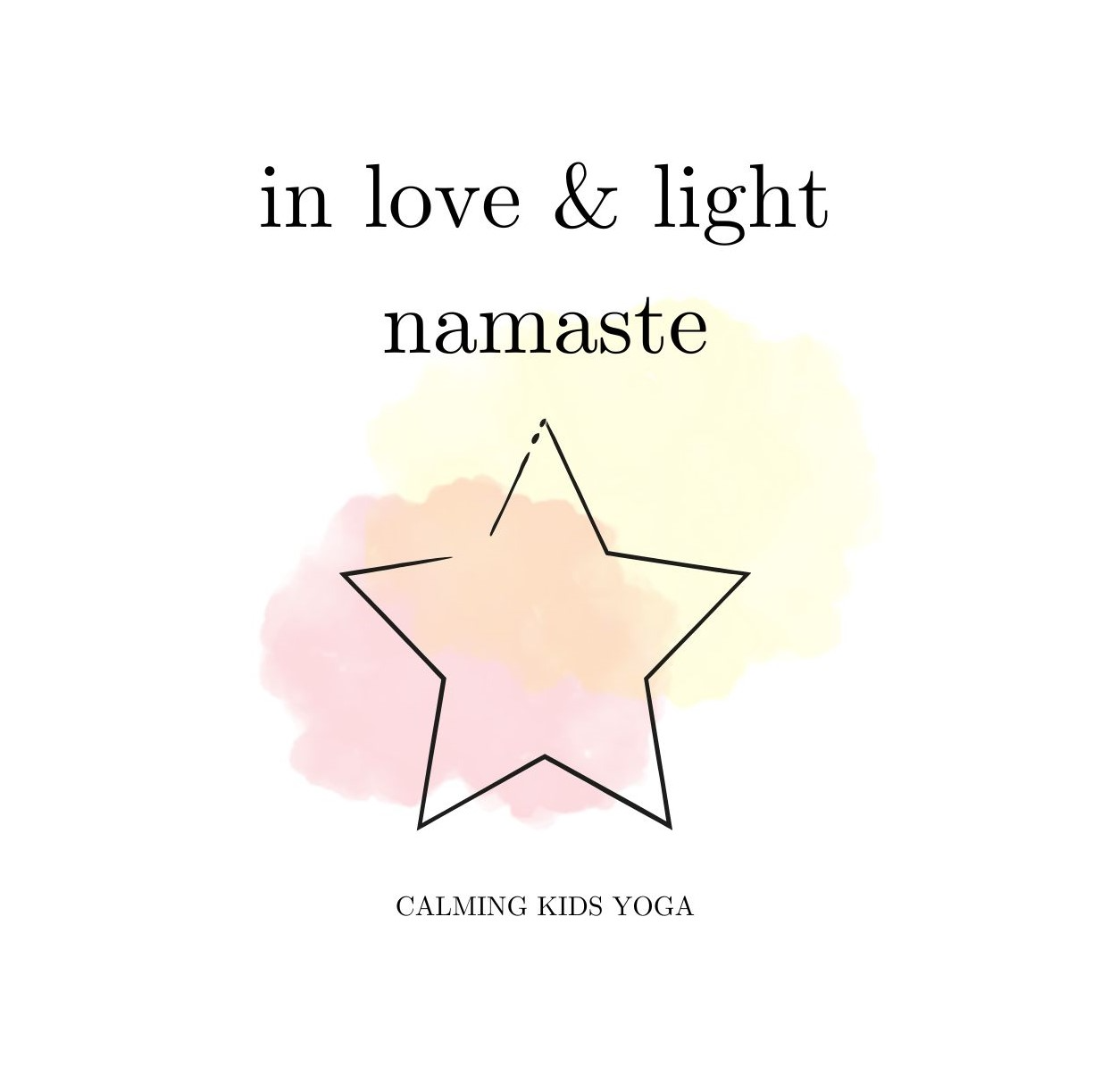An Easy Hand Movement to Overcome Anxiety

Jazz hands or silent cheer? Whatever you call it, this simple hand movement can help to reduce anxiety and increase an overall feeling of calm.
Has anyone else out there dealt with anxiety? I know I’m not alone. “Just relax,” so many people say, but what those people don’t understand is that it’s not that easy. Whether we experience anxiety due to a traumatic event or the ongoing stresses of daily modern life, relaxing doesn’t always happen automatically. Learning how our body’s nervous system works and ways to help it function properly can really help.
A short biology lesson
Think back to high school biology. Remember learning about the nervous system? Me neither, so let me recap in an overly-simplified way. Humans have a complex nervous system that’s explained as several different systems. One part of the nervous system, the autonomic nervous system, supplies nerves to our internal organs. The autonomic nervous system is further explained by breaking it down into the parasympathetic nervous system and the sympathetic nervous system.
The parasympathetic nervous system is the one that we operate (or are supposed to operate) on throughout the majority of our day. It’s the part of the nervous system that supports the body in daily functions, recovery and maintenance. The sympathetic nervous system activates in times of perceived threat. Remember fight, flight or freeze? When we experience a perceived threat, the sympathetic nervous system sends signals to our organs that then cause our heart rate to increase, our digestion to slow down, our pupils to dilate and our breathing to increase. It also causes our adrenal glands to release more adrenaline and cortisol – “stress hormones”. As long as the body perceives a threat, those stress hormones keep releasing in our bodies.
In modern life, our bodies tend to experience a low level of threat perception frequently. Difficult work situations, arguments at home, remembering you need to go grocery shopping, managing bills…we juggle a lot, and it all adds up. The scars of any past traumas can add to this too.
So what do we do when our bodies are “stuck” functioning in the sympathetic nervous system? One thing we can do is to trick our bodies into thinking we are safe. For some, experiencing rhythmic movement can help with this. That’s where the hand mudra for overcoming anxiety comes in.
How to do it
- Sit up or stand with an aligned spine
- Raise arms while bending elbows, spread the fingers outward and pointing upward
- Rotate wrists pivoting back and forth
- Repeat taking long slow deep breaths
- Do this when you feel anxious or nervous until you feel more centered
If you’re having a hard time creating a mental image of this mudra you can think about jazz hands at ear level, but with a twisting motion as well. Or just look at this Simon Cowell gif.
Why it works
Doing this motion works in two ways. First, it provides rhythmic sensory input. Secondly, it draws our focus from in front of our eyes (where our bodies have adapted to focus on a threat) to our peripheral vision. This takes the focus away from where we would be looking if there were a physical threat.
Other benefits
This move has other benefits as well. Try it to give your hands a break if you’ve been at a computer or driving for a while. Keeping the wrist channels open helps with the numbness and sometimes pain that occurs with frequent computer users (everyone these days!!) or when clenching the hands. It is referred to as “Carpal Tunnel Syndrome.” Do this wiggling of the hands and wrists daily as a preventative or for the cure. The twisting motion can help relieve tension in the tendons in your carpal tunnel. It’s also a great way to have a large group of kids cheer without damaging your hearing. The “Silent Cheer” is used in sign language and frequently used in schools to keep children’s volume down. Give it a try!




